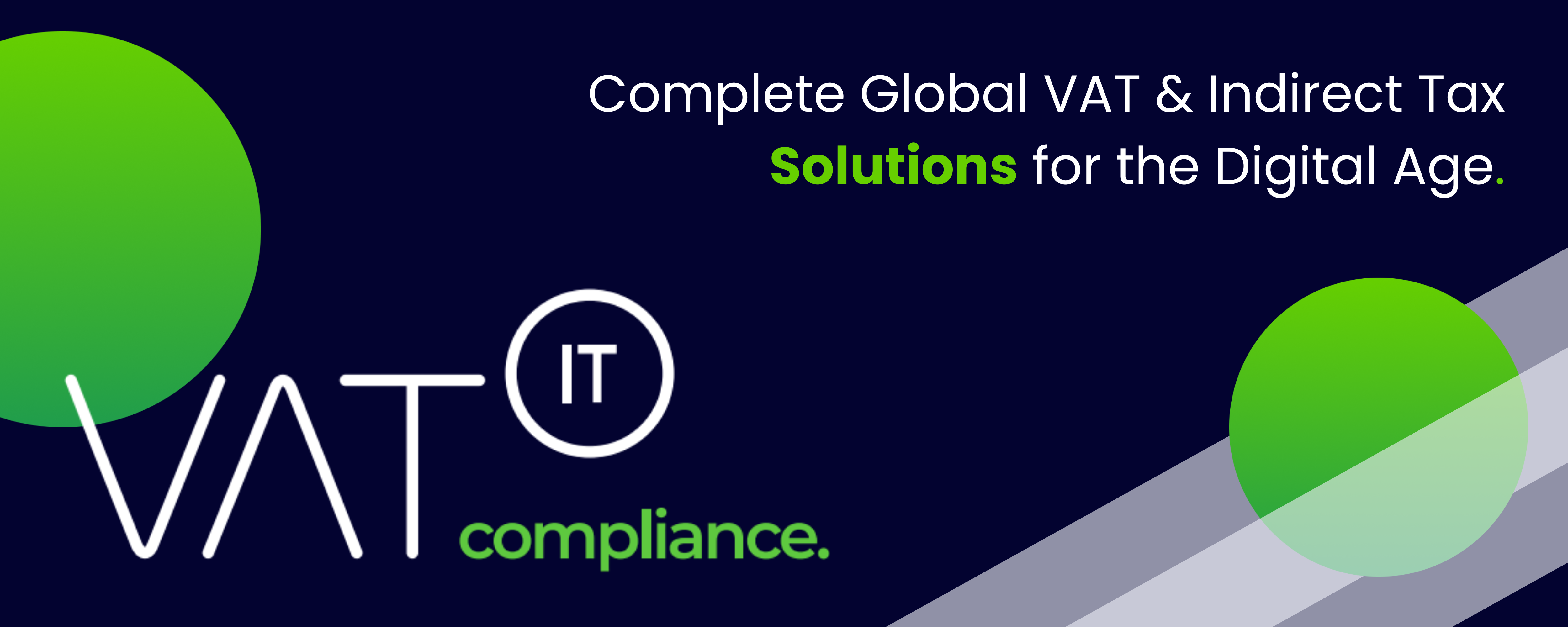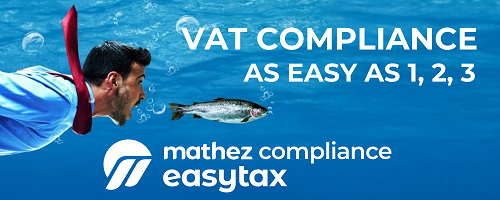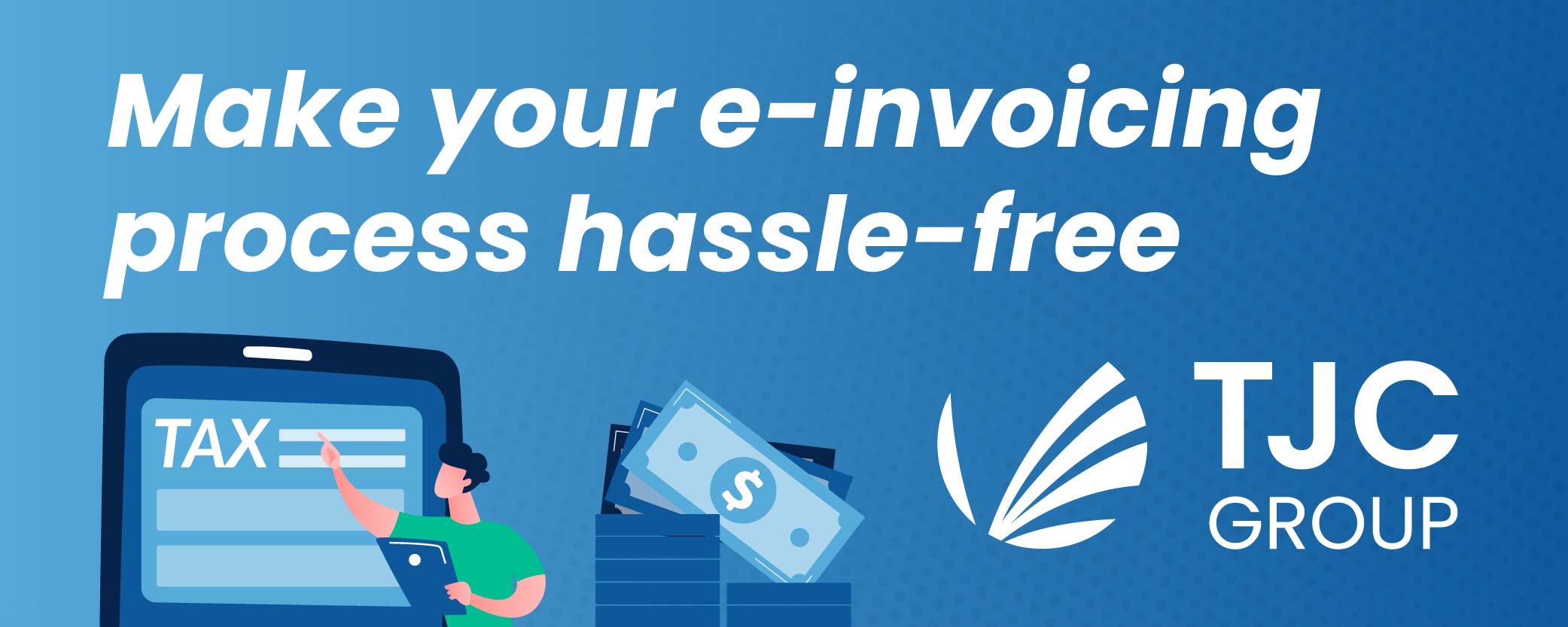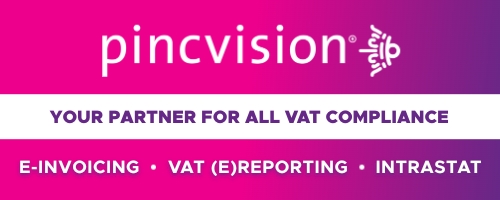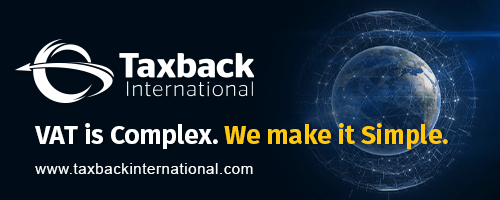The Goods and Services Tax Network (GSTN) has introduced a new system called Invoice Management System (IMS) effective 1st October 2024. This system aims to enhance invoice management for taxpayers, making it easier to track and manage invoices and avail Input Tax Credit (ITC).
Here’s what you need know about IMS
What is IMS?
IMS is a centralised platform where suppliers can upload their invoices and recipients can review and take action on them. It aims to improve transparency in the invoice management process and reduce the need for manual intervention.
How does IMS work?
- When a supplier saves an invoice in GSTR-1/IFF/1A, the same invoice is reflected in the IMS dashboard of the recipient.
- The recipient can then accept, reject, or keep the invoice pending in the system.
- If the recipient doesn’t take any action on an invoice, it’s deemed accepted and will move to GSTR-2B as an accepted invoice.
- Actions on invoices can be taken from the time they are saved in GSTR-1 until the recipient files their GSTR-3B.
- Amended invoices will replace the original invoice in IMS, irrespective of the recipient’s action on the original invoice.
Benefits of IMS
- Faster ITC Claims
- Enhanced Transparency
- Simplified Reconciliation
- Reduced manual intervention
Key point
While IMS is introduced from 1st October 2024, it is not mandatory for businesses to implement it right away.
Challenges for business
- Businesses will need to adapt to the new system and learn how to use it effectively.
- Businesses must ensure data security and integrate IMS with existing accounting and ERP systems.
Source Piyush Heliwal



